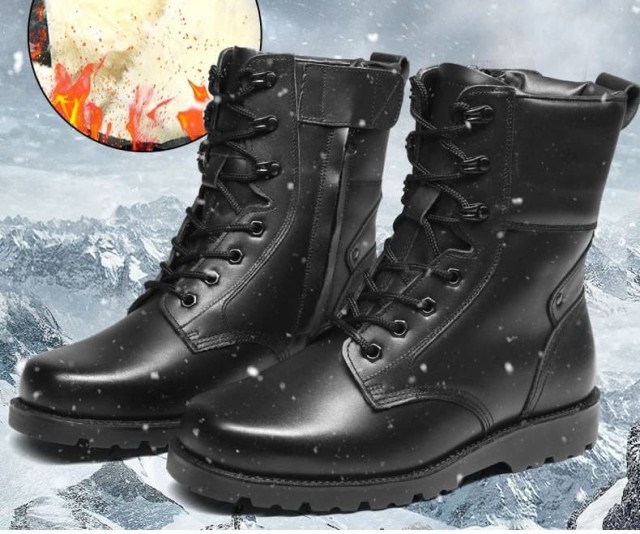For those who value durability and long-term performance in footwear, Goodyear welt construction stands as the gold standard. This centuries-old technique transforms shoes into repairable assets rather than disposable items, offering unmatched longevity when properly maintained. Let’s explore what makes this method a wise investment and how it outperforms alternatives.
Goodyear Welt Construction: The Gold Standard in Durable Footwear
Anatomy of a Goodyear Welt: Welt, Outsole, and Upper
Goodyear welted shoes are built like armor for your feet. The construction involves three key layers:
- Upper: High-quality leather that conforms to your foot over time.
- Welt: A strip of leather or synthetic material stitched to the upper and insole, acting as a bridge to the outsole.
- Outsole: The durable base layer, typically leather or rubber, attached via stitching rather than glue.
This layered design creates a barrier against moisture while allowing the sole to be replaced without compromising the upper—a stark contrast to glued constructions.
Step-by-Step: How the Sole is Stitched, Not Glued
The magic lies in the process:
- The welt is sewn to the upper and insole using a strong, waxed thread.
- The outsole is then stitched to the welt, creating a flexible yet secure bond.
- A cork layer between the insole and outsole molds to your foot, enhancing comfort with wear.
This labor-intensive method, pioneered in 1872, ensures the shoe can be disassembled for repairs—extending its lifespan for decades.
Goodyear Welt vs. Alternatives: Cemented Soles and Blake Stitch
Long-Term Cost Savings: Resoling vs. Replacement
While cemented or Blake-stitched shoes may cost less upfront, they often end up in landfills when the sole wears out. Goodyear welted shoes, however, can be resoled multiple times:
- Resoling cost: Typically under a few hundred dollars—far less than replacing high-quality footwear.
- Replacement cost: Cheap glued shoes may need replacing every 1–2 years, adding up over time.
Research shows that over 10 years, a single pair of resolable Goodyear welted boots can cost half as much as replacing cemented pairs annually.
Sustainability: Reducing Waste Through Repairability
The environmental benefit is clear: fewer shoes discarded means less waste. The layered construction also uses natural materials like leather and cork, which biodegrade more gracefully than synthetic alternatives.
Maintaining Your Investment: Best Practices for Shoe Longevity
- Clean Regularly: Brush off dirt and condition leather to prevent cracks.
- Rotate Pairs: Avoid daily wear to let materials recover.
- Use Shoe Trees: Preserve shape and absorb moisture.
- Resole Early: Address worn soles before damage reaches the upper.
Case Study: A 20-Year-Old Boot’s Journey Through Multiple Soles
One enthusiast reported owning a pair of Goodyear welted boots for two decades, resoled four times. The original leather upper remained intact, proving the construction’s resilience.
Ready to invest in footwear that lasts? Partner with 3515 to explore our range of Goodyear welted shoes, designed for distributors and brands committed to quality and sustainability. Let’s craft footwear that stands the test of time—stitch by stitch.
Related Products
- Durable Leather Work Boots for Wholesale & Custom OEM Manufacturing
- Durable Leather Safety Boots for Wholesale & Custom OEM Manufacturing
- Dial Closure Leather Business Casual Shoes for Wholesale & Private Label
- Factory Direct Wholesale Leather Comfort Shoes with Dial Closure
- Wholesale Comfort Leather Business Shoes with Dial Lacing System
Related Articles
- How Job-Specific Work Boot Designs Enhance Safety and Efficiency
- How to Match Workplace Hazards to Safety Features in Work Shoes: A Risk-Based Selection Guide
- How Men's Work Shoes Solve Industry-Specific Safety Challenges
- How to Style Work-Appropriate Sneakers Without Breaking Business Casual Rules
- How to Choose Work Shoes That Balance Safety, Comfort, and Style



















